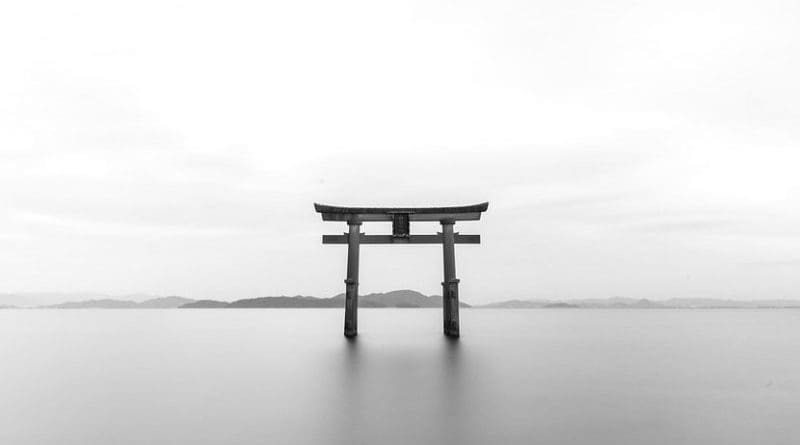Japanese Push Back Against Confucian Tradition Of Uniformity – OpEd
By UCA News
By Cristian Martini Grimaldi
Japan is notoriously known to be the land where rules, laws and regulations are so well imprinted in the people’s conscience that there’s hardly any space for chaos to breed.
As one would expect, most of the rules are self-explanatory and nobody would really have to struggle to comprehend them. But that’s not the case when we focus on a specific set of regulations for school pupils.
From forbidding students from dyeing their hair to establishing the obligation to wear all-white underwear, there are plenty of apparently bizarre policies that modulate the requirements of the educational system.
Yet in recent years critical voices have emerged in support of less austere rules, possibly oriented toward respecting everyone’s personality. Last month an Osaka court awarded a former student US$3,000 for having experienced “emotional distress” immediately after she was kicked out of high school because her hair did not reflect the dark shades of black required by the school protocol (but the court upheld the institution’s legal right to enforce this rule).
Nearly half of Tokyo’s public high schools require students whose hair is not black and straight to submit ad hoc certification to prove that their hair is natural and not dyed or permed. This also applies to children of immigrant parents and of ethnic groups other than the native one of the archipelago.
When the Osaka girl’s case first came to court in 2018, someone even decided it was time to raise their voice and launched an online campaign — “Stop Extreme School Rules” — that collected 60,000 signatures to ask the government to review some rules whose reasons even the students themselves struggle to understand.
As Japan is a nation that owes a lot to the Confucian tradition, the concept of group uniformity (as in several other Asian nations) does not suffer from the stigma of being a suppressor of individuality as happens in the West, but instead is seen as a protective tool, a path of “fixed tracks” that lubricate the flow of social life (skeptics are sent back to peek at the statistics of Japanese crime).
To engage in the many facets of existence, the Land of the Rising Sun has therefore provided its citizens with different standards from the West; the dress code is one of them.
The salaryman will always wear his classic uniform of a dark suit over a white shirt. A kimono required for a formal occasion cannot simply be replaced with a pair of jeans. What really matters is the respect for the social context and not the individual sense of discomfort.
In the summer, men and women wear a casual kimono called a yukata. Yukata are also present in the traditional hotels (ryokan) — so much so that all guests (even foreigners who go crazy to wear one) at dinner time are dressed in the same uniform, different in color for women and men.
When boys and girls show up for shukatsu (undergraduate recruitment), they do so following instructions of a manual they have memorized. The manual teaches apparently foolish things such as the business card exchange, a ritual with its own specific dynamics.
Even the positions people choose during a taxi ride denote a sense of hospitality and good manners (the person with the highest status must always sit directly behind the driver). And whoever thought that getting on an elevator absent-mindedly is just fine should reconsider. Here too it is the status of each person that determines who enters and exits first.
The tallest tree breaks under the wind, says an old Japanese proverb. In short, those who think outside of the box, even just by dyeing their hair or wearing a colored bra, should immediately be censured. But not out of a mean spirit; here they cherish the belief that it is for the good of the individual.
The views expressed in this article are those of the author and do not necessarily reflect the official editorial position of UCA News.

